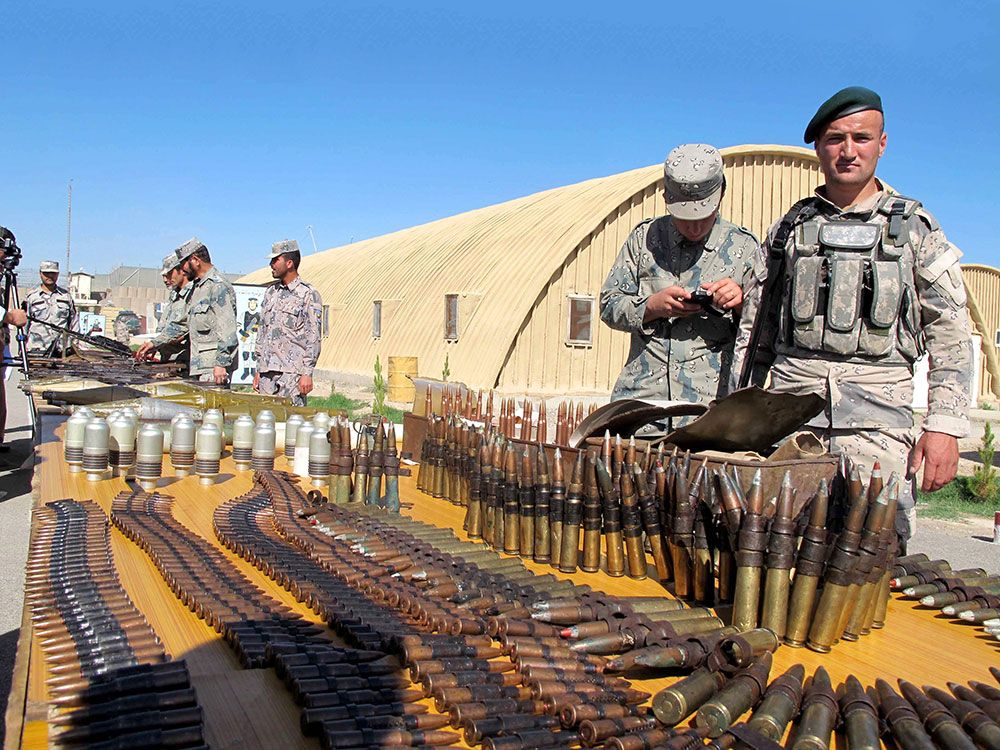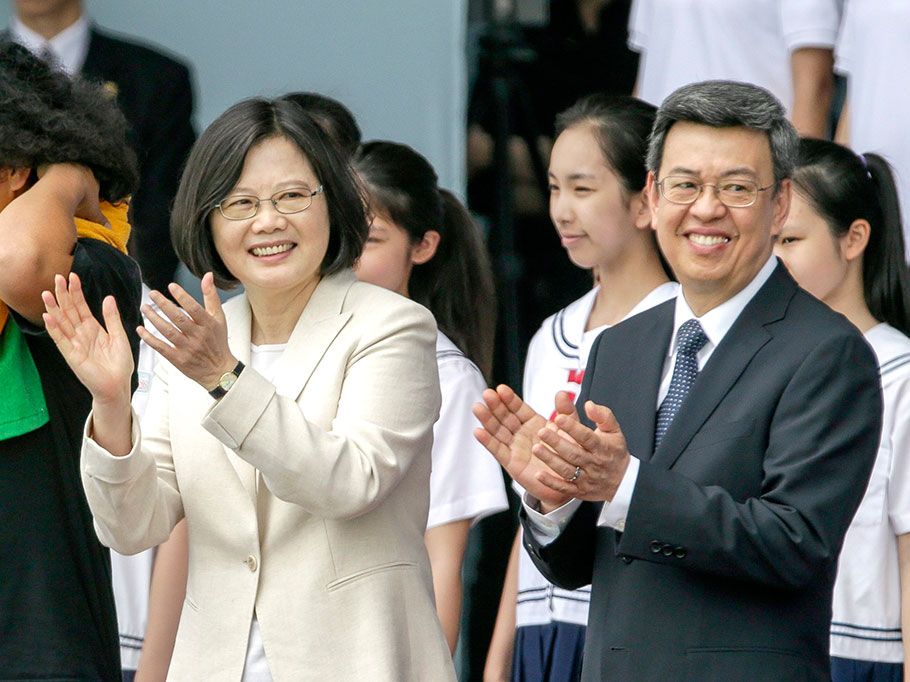One of the most mysterious cloths in the world, bearing the image of a tortured, crucified man, is preserved in the Royal Chapel of St. John the Baptist in the Cathedral of Turin, Italy. It is called the Shroud of Turin. Pious tradition holds that it is the actual burial cloth of Jesus, used to wrap Him in His tomb after His crucifixion in 33 A.D., nearly 2,000 years ago, and that the image on the cloth is an actual “picture” of Jesus Himself as He laid in His tomb.
Benedict XVI will go to Turin on May 2 to see the Holy Shroud in person. The Vatican and the Archdiocese of Turin announced the visit. “As the first act of his visit, the Holy Father will pause for a personal prayer before the Holy Shroud,” the archdiocese said.
The Pope will see the Holy Shroud, along with millions of the faithful, as it will be on public display for 54 days, from April 10 until May 23. By visiting the Shroud and by praying before it, the Pope is showing his respect and veneration for this mysterious linen. But is the Shroud really authentic? Let’s take a look at the evidence.
More than a century ago, in 1898, the image on the Shroud was photographed for the first time. The photographer was an amateur, an Italian named Secondo Pia, who was allowed to photograph it while it was being exhibited in the Turin Cathedral. On the evening of May 28, 1898, as he looked at the photographic plate, he saw the image much more clearly than it could be seen in real life because it is a negative image. This was never noticed prior to the age of photography. It means that only in the past 110 years have we begun to realize how truly mysterious this image is.
Science Speaks
During the 20th century, there were increasing calls for the Church to “test” the age of the Shroud using carbon-14 dating, and settle, once and for all, whether it was an ancient cloth, or one from a more recent time. I myself played a role in this – an almost insignificant role, but still, a role – as I was a reporter for Time magazine in 1987 and 1988 when the carbon-14 dating of the Shroud was performed.
I was present at the press conference on Oct. 13, 1988 when Cardinal Anastasio Ballestrero, then archbishop of Turin, and others presented the findings of the laboratorial tests: the Shroud dated between 1260 and 1390; it was medieval in origin and so could not possibly be authentic.
I reported those results at the time. And I can testify that those present were shocked as they believed the Shroud was authentic and were confident it would have been ascribed to “between 50 B.C. and 50 A.D.” But the scientific evidence seemed clear: the cloth was only about 650 years old and not 2,000. The “verdict of science” had been given. And, therefore, many believed, and still believe, that the case story of the Shroud has been settled – that it is a mysterious medieval painting, or scorching, but not Christ’s burial cloth. But is the case really settled?
Serious questions have emerged about the 1988 dating process – not about the quality of the radiocarbon testing itself, but about the identity and possible contamination of the piece of fabric tested. Carbon-dating techniques have been steadily improved for many decades. At first, 50 years ago, they required large amounts of material. But by the 1980s, the dating process began to require much smaller quantities of a source material.
The Shroud of Turin Research Project (S.Tu.R.P.) was set up in 1978 to study the Shroud. It was made up of about 30 scientists of various religious faiths, including atheists. The S.Tu.R.P. group planned different studies on the cloth, including radiocarbon dating. A commission, headed by chemists Robert H. Dinegar and Harry E. Gove, consulted numerous laboratories that were already able, in 1982, to carbon-date small fabric samples. Six labs showed interest in performing the procedure.
But, aware of the great publicity the experiments would bring, the laboratories competed stiffly. Then, a rift developed between the S.Tu.R.P. group and the candidate laboratories. During a conference on radiocarbon dating in Trondheim in 1985, representatives from all candidate laboratories jointly announced the end of their collaboration with the S.Tu.R.P. group, proposing that the British Museum direct the project. Carlos Chagas Filho, president of the Pontifical Academy of Sciences, reluctantly approved this proposal. A meeting with Church authorities took place in 1986 to determine how to proceed.
Church Tradition
On Oct. 10, 1987, Cardinal Ballestrero announced to the laboratories that only three of them, namely Oxford, Tucson and Zurich, would participate in the testing. The sole supervising institution would be the British Museum, headed by Michael Tite. Samples were taken on April 21, 1988, in the cathedral. Present were Cardinal Ballestrero, four priests, archdiocese spokesperson Luigi Gonella, photographers, a camera operator, Michael Tite and the labs’ representatives.
The original and control pieces were placed in 12 identical metal cylinders. The dating of the control pieces, originally set to remain unknown, was published by Vatican daily newspaper L’Osservatore Romano on April 23. This “leak,” along with the violations to the protocol, marred the credibility of this phase of the procedure and fed suspicions of tampering.
The labs did not work separately and simultaneously. Tucson performed the tests in May, Zurich in June, and Oxford in August, exchanging information in the meantime. The newspaper Avvenire published, on Oct. 14, a report that the directors of the three labs had secretly met in Switzerland, an allegation later confirmed by the directors. On Sept. 28, 1988, British Museum director and coordinator of the study, Michael Tite, communicated the official results to the Archdiocese of Turin and to the Holy See. On Oct. 13, Cardinal Ballastrero announced the official results.
The 2008 Italian documentary film, “Sindone, Prove a Confronto” (The Shroud, Comparing the Evidence), by David Rolf suggests that the sample chosen for testing may not have given an accurate result. The film suggests that the quantity of carbon-14 found in the sample may have been significantly affected by the weather, the conservation methods employed throughout the centuries, and by the carbon generated by the fire that damaged the Shroud. And, indeed, Cardinal Ballestrero, shortly before his death in 1998, said in an interview, published on Sept. 5, 1997 in the German paper Die Welt: “In my opinion, the Turin Shroud is authentic. The radiocarbon measurements, dating the Shroud in the Middle Ages, appear to have been performed without due care.”
Church tradition, though not “scientific,” holds that Thomas and Thaddeus Jude (Thaddeus of the 70, Thaddeus of Edessa) went to Edessa as early as 33 A.D. There is a legend that they carried with them a cloth bearing an image of Jesus. In 544 A.D., a cloth, with an image believed to be of Jesus’, was found above one of Edessa’s gates on the walls of the city – a cloth, that Gregory Referendarius of Constantinople would later describe as a full-length image with bloodstains.
The issue is simple: If the 1988 tests were performed on a sample that was neither from the original Shroud nor was contaminated over the centuries, then the dating is meaningless.
Veronica’s Veil
Meanwhile, an almost equally mysterious image, far less-known, exists in the little town of Manoppello. It is a little cloth that many people believe is the true “Veronica’s Veil.” I have been to Manoppello to see it. If one looks directly at it, it seems transparent. But, if one stands a yard or a little distance away, on one side, one can see the face of a young man, his eyes open. Some believe this cloth is even more dramatic than the Shroud of Turin. They believe this was the cloth that covered Jesus’ Face in the tomb, and that the image is the Face of Christ at the moment of the Resurrection, as He opens His eyes.
Benedict XVI visited Manoppello in September, 2006. The Pontiff entered the sanctuary and prayed before the altar for about five minutes, then went behind it and prayed before the relic, which is known as the “Holy Face” and the “Veil of Veronica.” Benedict XVI did not address the veil’s origins. He said: “This is the meaning of my visit. So that, together, we can try to better know the Face of our Lord so that, from It, we can find strength in love and peace that can show us the path.”
Whatever is the truth about these images, the underlying fact is that they bring us back to the Face of Jesus. Jesus Himself told us to find It on the face of those near us – the least of His brethren. This is the face we should seek. www.zenit.org










